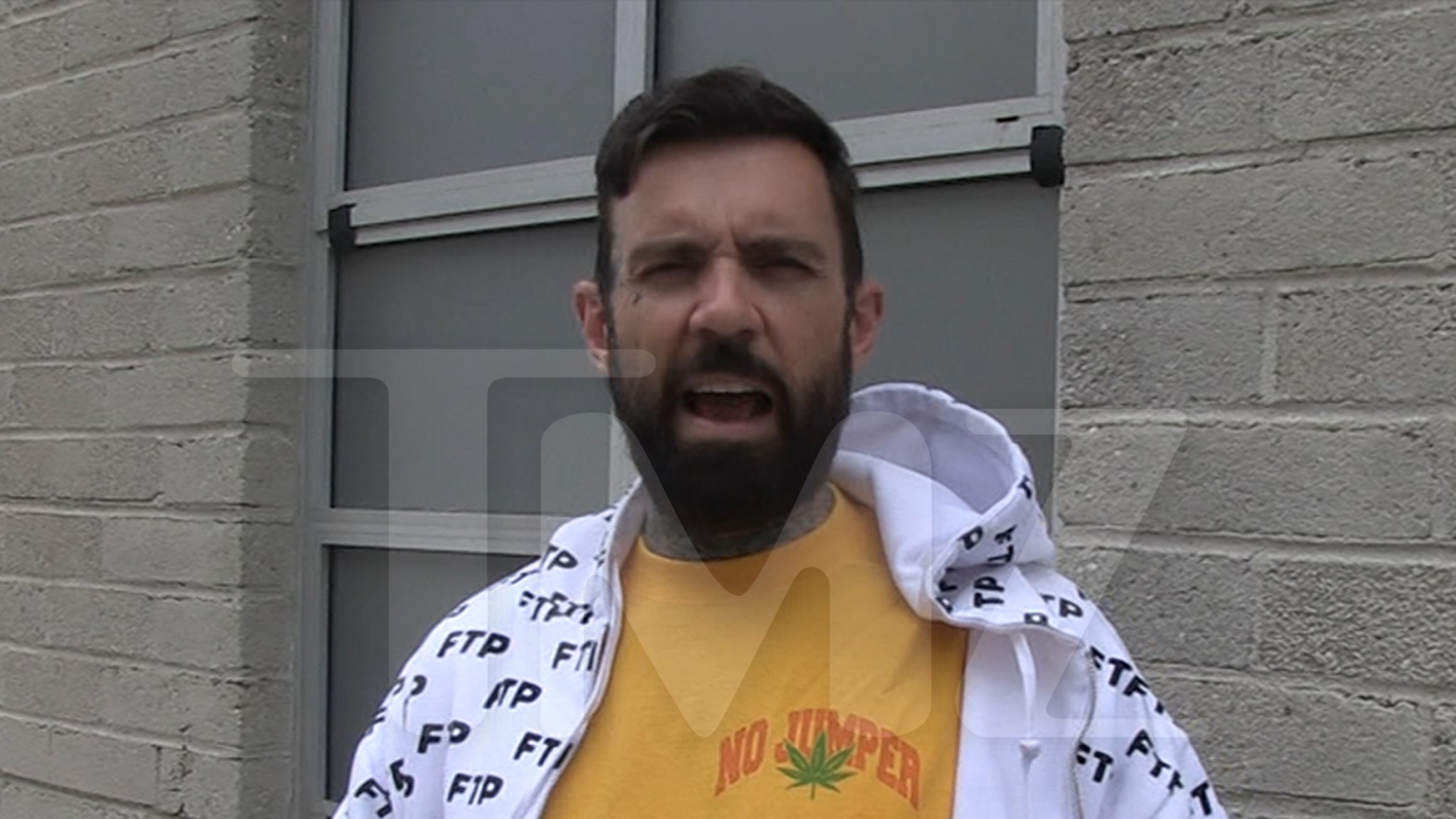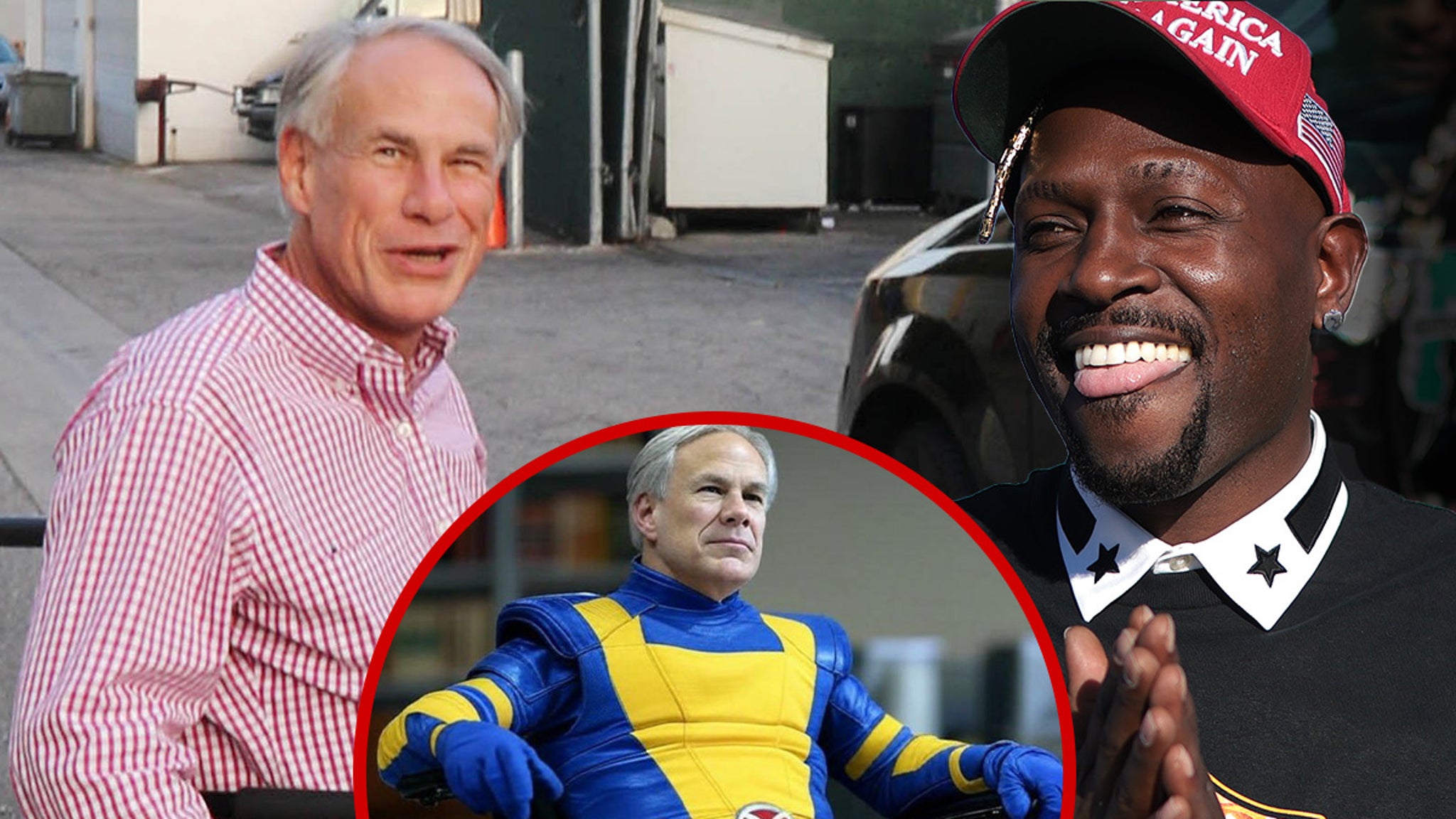Culture
Danspace, a Sanctuary for Dance Risk-Takers, Turns 50

On a recent evening in the East Village, the dancers Kris Lee and AJ Wilmore careened across a studio, grappling and colliding with each other. Their limbs butted and interlocked; one dancer’s head burrowed into the other’s stomach. Sometimes what looked like fighting morphed into play, or the two ambled off on their own before crashing back together.
“I am so happy,” the choreographer Ishmael Houston-Jones said, embracing them in a hug as they caught their breath. He had asked the dancers to find “a sense of disrupting each other and disrupting yourself,” and they had fully taken the note.
Forty-two years ago, just down the street at Danspace Project at St. Mark’s Church-in-the-Bowery, Houston-Jones had done a version of this same improvisational work, “OO-GA-LA,” with his friend and collaborator Fred Holland. They were two Black men critiquing the largely white world of contact improvisation, a form in which partners follow the flow of touch and sharing weight. Now, at 73, he was imparting the work to a new generation.
The occasion for this reimagining is the 50th anniversary of Danspace, a pillar of experimentation in dance, home to risk-takers like Houston-Jones and Holland since its earliest days. From Feb. 27 to March 1, “OO-GA-LA Reimagined (The Fred Holland and Ishmael Houston-Jones 1983 Duet Danced into the 21st Century)” helps to kick off “Danspace @ 50: The Work Is Never Done. Sanctuary Always Needed.,” a four-month festival of performances, screenings and conversations that trace connections between past and present. (The festival opened on Feb. 14 with a tribute to Steve Paxton, the postmodern dance pioneer, who died last year.)
“It’s a daunting anniversary,” Judy Hussie-Taylor, Danspace’s executive director and chief curator, said recently. “How do you address so many artists, dancers, choreographers who call Danspace home? Because it’s not just ours. We don’t own this history and this legacy. It belongs to a dance community in New York and nationally and abroad.”
The anniversary offers a moment for celebration at a time of great upheaval for the performing arts, amid a particularly strained financial landscape for dance. Under the new presidential administration, drastic cuts and restrictions to federal arts funding have begun, compounding the blow of recent financial losses in dance like the closure of two major granting programs — the MAP Fund and National Dance Project — within the past six months.
Like most dance organizations, Danspace is feeling these strains. But it’s used to being resourceful. “We don’t have a lot,” Hussie-Taylor said. “What can we do? We can start conversations. We can create awareness. We can lift up things that are not seen. We can bring out different aspects of art or dance history and community that might have been neglected.”
In planning the festival, Hussie-Taylor and Seta Morton, Danspace’s associate curator and program director, kept circling back to the theme of artistic transmission — of passing down older works and envisioning them anew. What they put together is “not a comprehensive season,” Hussie-Taylor said, “just a season of gems, of things that felt relevant and that could be in conversation with a younger generation of makers.”
In addition to “OO-GA-LA Reimagined” (which also features the dancer Stephanie Hewett), the festival lineup includes contemporary versions of vintage works by Bebe Miller, Donna Uchizono and Blondell Cummings. None are straight reconstructions. Miller’s “Vespers” (1982), originally a solo, will return with five dancers. Uchizono’s “State of Heads” (1999), conceived as a trio, brings together the original cast with three younger performers. And “Chicken Soup,” a 1981 solo by Cummings, based on recollections of her grandmother’s kitchen, transforms as it draws on the personal memories of its interpreter — Marjani Forté-Saunders, one of just two dancers to learn the work directly from Cummings before her death in 2015.
These older pieces can’t help but resonate in new ways. Morton described them as “feeling like a balm right now, like old medicine for modern problems that look very much like the problems of the past.”
In “State of Heads,” for instance, Uchizono — who made her choreographic debut at Danspace in 1988 — explored the idea, as she put it, that “the heads of state are disconnected from the body of the country.” Conjuring the effect of people being moved by unseen forces, it’s the most political work of her career, though subtly so. “The piece has a much more ‘up’ feeling than what its underlying meaning is,” she said. “For me, it’s a great time to have a political piece that’s more ‘up.’ We need to feel that.” (It will share a program with her more recent “Dedications.”)
The festival’s title, “The Work Is Never Done. Sanctuary Always Needed.,” comes from an email sent to Hussie-Taylor from Paxton. Danspace has long been associated with sanctuary, both in a literal sense — performances take place in the spare and spacious interior of St. Mark’s Church, where the organization has been based since its founding — and in terms of the artistic refuge many find there, an openness to trying new ideas.
Houston-Jones said he felt that permission from his first interactions with Danspace. Working there as an usher in the early 1980s, he had an idea for a new program and mentioned it to the director at the time, Cynthia Hedstrom. “She said, ‘Go ahead, do it,’” he recalled, “which was amazing, because I had no experience at all in curation.” That led to Parallels, a groundbreaking 1982 series highlighting Black dance artists who were working outside the more mainstream Alvin Ailey lineage. (Both “Vespers” and “Chicken Soup” were part of the series.)
Miller, who first performed at Danspace in 1978 (just months before a fire destroyed much of the church), describes it as “a particularly breathable space,” one where the past is palpable. When you walk in, she said, “you know you’re stepping into a line of the history of our form, of our field.”
A haven for the arts for over 100 years, St. Mark’s Church is also home to the Poetry Project and New York Theater Ballet. (Before Danspace existed, the modern-dance titans Ruth St. Denis and Martha Graham performed there.) It has an active congregation, and while the religious and artistic programs are separate, some artists feel a strong spiritual connection to the sanctuary.
“That it’s a place of worship is absolutely a part of the potency of that room,” Forté-Saunders said. “Coming into sacred spaces, one is invited to be openhearted with what they receive. The space is asking you to shed and be present with the work.”
In the current political climate, the Danspace staff has been thinking more about sanctuary, or “the way an arts organization can serve as a gathering place for artists and audience,” Hussie-Taylor said. “How can we do that more? How can we make our sanctuary more available in challenging, tumultuous times?”
With a modest budget of $1.4 million, Danspace has long relied on annual awards from the National Endowment for the Arts, including a $40,000 grant for this year’s festival. That support may be precarious, but Hussie-Taylor said the organization had survived tough times before and could do so again. She noted that New York City was on the verge of bankruptcy in 1974 when Danspace was started by the dancers Barbara Dilley and Mary Overlie and the poet Larry Fagin.
“Artists are so smart and so contrary — like, ‘we’re going to do this anyway,’” she said. “That spirit is still very much in the dance and performance community. It’s a D.I.Y. community. It’s in our nature to do it yourself, to figure it out, to come together. I really believe in that.”
“That said,” she added, “you do need money to live.”
Early in the Covid pandemic, Danspace adapted by offering yearlong paid residencies that gave artists time to just create; they could show a new work, or not. After a dip in the number of full productions presented annually — four in 2022, down from 16 in 2019 — there are 10 this year. Hussie-Taylor said she hoped to see it increase to 12 or 15, while continuing to offer residencies and raise artists’ fees — all of which is contingent on adequate funding.
Throughout her tenure, she has not been opposed to slowing down. In 2008, her first year at Danspace, she introduced the curatorial structure of “platforms,” which she called “exhibitions that unfold over time.” Artists organize a series of events around their current research, and each series is accompanied by a catalog. “When you have a place like Danspace that was started by artists,” Hussie-Taylor said, “if you want to write the story, you must write it with the artists.”
Craig Peterson, who has held leadership positions at New York dance and arts institutions since the 1990s, said that when the platforms began, the format felt like an alternative to the almost mechanical pace at which many theaters “pumped out” new work. “I really began to appreciate the depth that it brought to people’s thinking,” he said. The 50th-anniversary festival includes events that revisit two platforms, those organized by the critic and poet Claudia La Rocco in 2015 and the choreographer Reggie Wilson in 2018.
Some ideas can’t be rushed. For years, Hussie-Taylor had been asking Houston-Jones to remount “OO-GA-LA,” but he was wary of trying to revive something so spontaneous and so grounded in his relationship with Holland, who died in 2016. The two of them were “the Black punks of contact,” he said, showing up to improvisation jams in street clothes and boots. Their directive for “OO-GA-LA,” which they performed in the 1983 festival Contact at 10th and 2nd — on a program with Paxton and Nancy Stark Smith, both celebrated as originators of contact improvisation — was to do everything wrong, starting with “we are Black.”
But as footage of the work began circulating more widely in museums and classrooms, Houston-Jones decided he was ready to contend with it himself. He addressed his qualms about reconstruction by switching up the casting: selecting three dancers, rather than two, and countering what he calls the “hypermasculine” energy of his and Holland’s rapport. (Wilmore, Lee and Hewett identify as gender-nonconforming or femme.) He also invited Lee and Hewett, who are DJs, to reinterpret the original sound — loops from Kung Fu movies assembled by the composer Mark Larson.
Working in the studio, Houston-Jones seemed pleased with the process, and so did the dancers, ready to take on what they both called, reverently, “that piece.”
“The weight is not lost on us,” Wilmore said after the rehearsal. “If we’ve got anything to do with this ——”
Lee jumped in: “It’s going to be crazy. It’s going to be history all over again.”




























